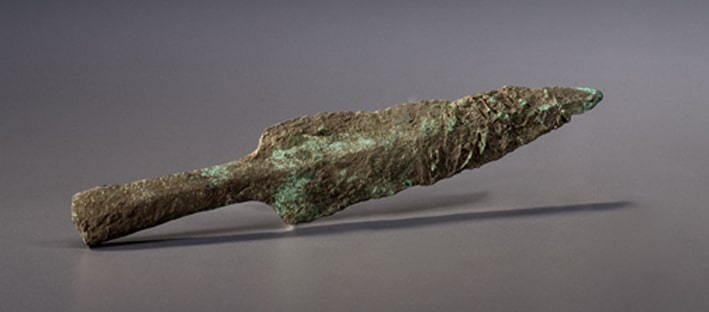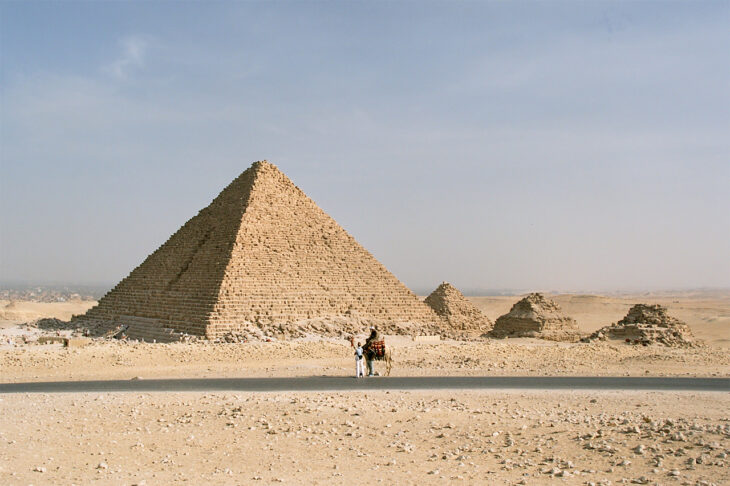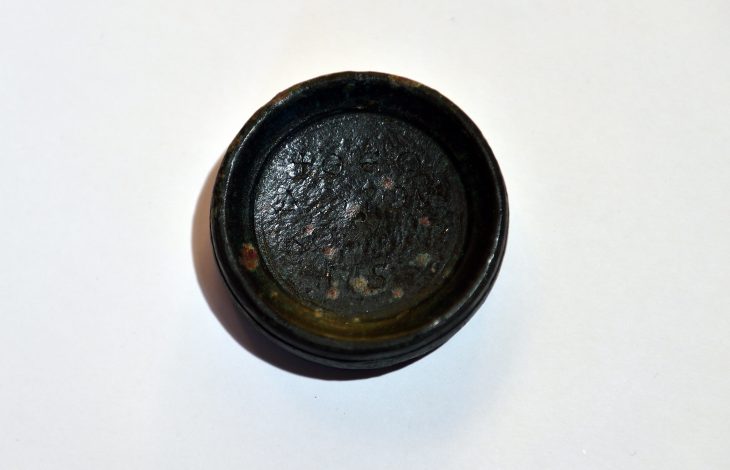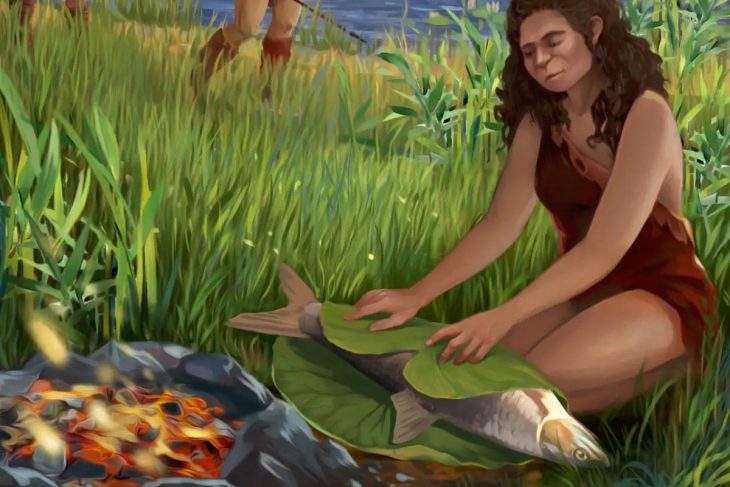An arrowhead made of pure copper 8,500 years ago dates the history of the copper age to an earlier period, emphasizing the copper culture. New studies on the artifact from hunter-gatherers living next to Eagle Lake in Wisconsin reveal interesting results.
The data shows that the early Native Americans were among the first people in the world to mine metal and make it into tools. They also suggest that regional climate change might help explain why thousands of years later, pioneering metallurgists suddenly stopped making most copper tools, and most returned to stone and bone tools.
The largest copper deposits on Earth are found around the Great Lakes of North America. This is why Native Americans left many copper tools behind.
According to the news in Sciencemag, Today, it’s not uncommon to meet residents of the region “who have buckets of copper artifacts [that they’ve found] tucked away in their basements,” says David Pompeani, a geologist at Kansas State University, Manhattan, who studies ancient mining.
When scientists began to date artifacts and mines, they noticed an amazing pattern: the dates suggested that the Old Copper Culture people started making metal tools around 6,000 years ago, and then, for unclear reasons, mostly abandoned copper tools around 3,000 years ago. Later, Native Americans used copper mainly to make smaller, less-usable ornament items such as beads and bracelets.
📣 Our WhatsApp channel is now LIVE! Stay up-to-date with the latest news and updates, just click here to follow us on WhatsApp and never miss a thing!!
“The history is just so peculiar,” in part because many other ancient cultures didn’t abandon metal tools once they learned how to make them, Pompeani says.
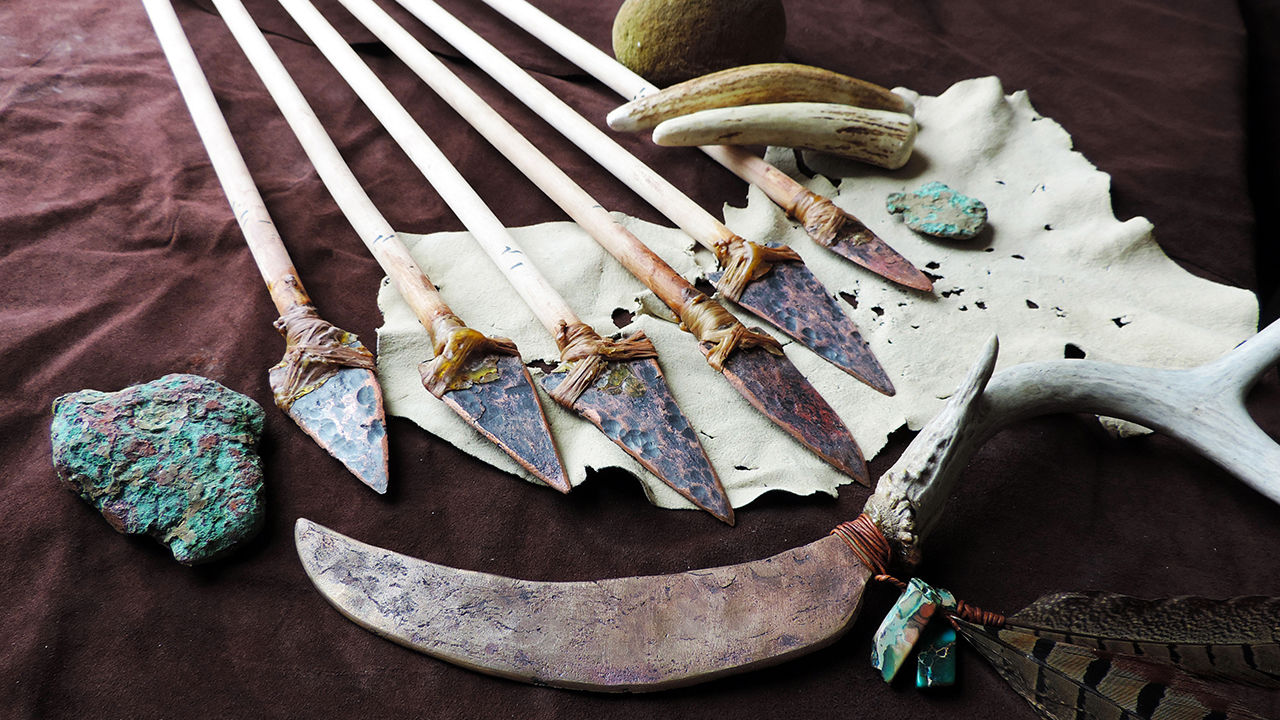
David Pompeani started work on the Old Copper timeline 10 years ago. The analysis shows that copper mining started about 9,500 years ago, and in some areas, it was 3,500 years earlier than previously thought. The researchers used modern methods to reanalyze 53 radiocarbon dates—including eight newly collected dates—associated with the Old Copper Culture.
The research team reported in this month’s Radiocarbon that the most reliable date plus sediment data indicated that the ancient copper culture appeared at least 9,500 years ago and reached its peak between 7,000 and 5,000 years ago. This makes it at least as old or even older as the copper processing culture recorded in the Middle East, where archaeologists recorded copper pendants believed to be 8,700 years old.
So why did hunter-gatherers abandon the use of copper? Controlled laboratory tests have shown that stone and bone tools are often as effective as copper. Only copper awls proved superior to bone hole punchers.
Pompeani discovered that Old Copper was a factor in the abandonment of its use around 5,000 years ago. Sediment cores, tree ring data, and other evidence suggest that arid climate had affected the area at that time. This could trigger social and ecological upheavals that make it difficult to allocate time and resources to make copper tools. Over time, copper may have become a luxury item used to indicate social status.

